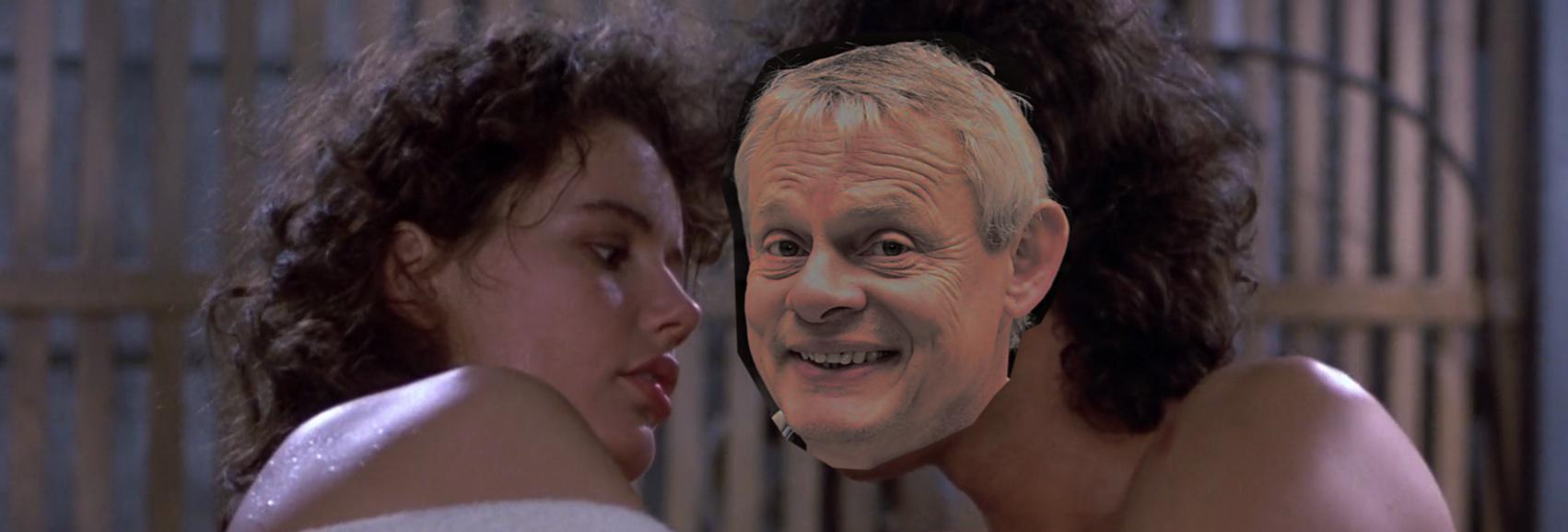In the near-future (circa 2030), publicly available open-source A.I. can create any Picture, moving picture, or audio track imaginable from a text prompt. It takes a lot of computing resources (but there's quantum computers) but it's not beyond someone's means to source such computer CPU time.
Think of today's OpenAI "Dall-E 2" or Google "Imagen" or Hatsune Miku to the power of ten.
For example,
Get me a "rule 34" undercover home video of Celebrity+A and Celebrity+B first nuptial night.
No matter who those two celebrities were (or even if they were actually married), there you go, a few moments later, you have your pixel perfect, photorealistic, 400K resolution undercover video. Even the moles and creases, complete with pitch-perfect audio tracks with ambient sound (crickets, cars, neighbors snoring and chattering, TV in the background, creaking floorboards, etc...), voices made by vocaloid-like software and sound effects generated from scratch that are identical to real ones.
Quantum computers made encryption a joke. Cryptographic algorithms used in the 2020s can be cracked in microseconds.
This is the scenario.
Our (2020s) legal system often uses photographic and audio evidence. The Jurors love a good video, they say.
Ten years from now, the videos floating around are just too good, to say the least.
However, when you can just make convincing evidence that can fool every single flesh being and almost any other software, how would the court accept evidence as reliable?
Assume analyzing forgeries (i.e. A.I.-created media) is too expensive for any but the most high-profile cases as you need to use even more powerful AI to check the media, and it is not fool-proof (not to mention hard to cross-examine. You'd need a third AI and then it's the "turtles all the way down" dilemma).


